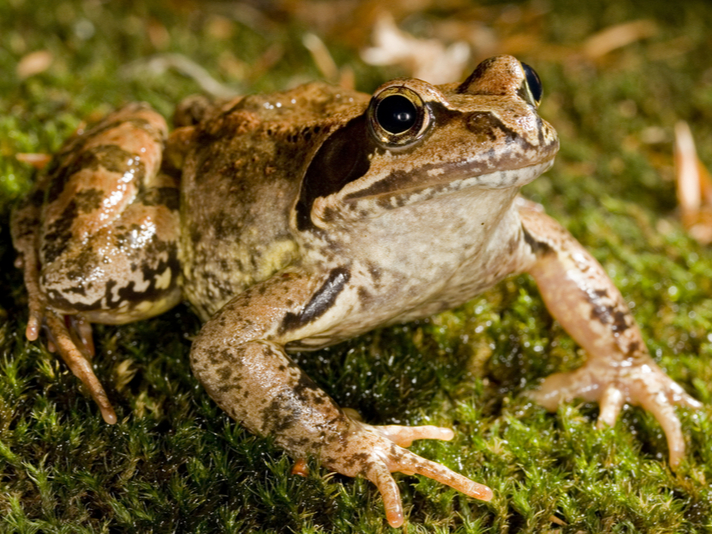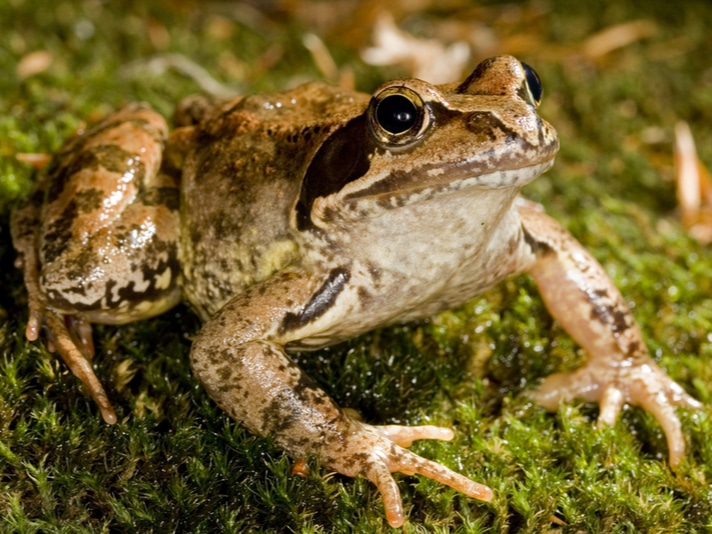Study shows frog mortality rates ranging from 100 percent after just one hour to 40 percent over 7 days.
Frogs that have been exposed to pesticides can die within hours, according to a new European study by German and Swiss scientists. Their study, "Terrestrial pesticide exposure of amphibians: An underestimated cause of global decline?" takes a look at the effects of seven types of pesticide products and their effects on juvenile Rana temporaria, or European common frogs.

Marco Maggesi/Shutterstock
Frogs that have been exposed to pesticides can die within hours. European common frog (Rana temporaria).
The scientists conducted the study using an "agricultural overspray scenario," or AOS, following the recommended label rate on each product and noted that mortality rates ranged from 100 percent after just one hour of exposure to 40 percent after seven days. The AOS simulated overspray in farm fields, and not direct spraying on plants. The herbicides tested included Curol B and Dicomil, the insecticide Roxion, and the fungicides Prosper, Captan Omya, Headline and a pyraclostrobin formulation that is not yet on the market but in development.
"The extreme mortality after one hour is shocking," University of Missouri amphibian biologist Malcolm McCallum told Chemistry World. "It makes me concerned not just for amphibians, but also for birds, mammals and even humans who come into contact with these compounds in this manner."
What is notable in the study is that there is no risk assessment of amphibians on pesticide products, unlike birds and mammals, and amphibians are widely considered as keystone animals that are accurate gauges of the health of the ecosystems in which they live. The scientists say that amphibians are more susceptible to pesticide mortality due to their permeable skin.
"There needs to be serious attention paid to amphibians from regulators because they as a group are going extinct thousands of times faster than they did at the K–T boundary," McCallum said. The K-T boundary, or Cretaceous–Paleogene (K–Pg) boundary was the extinction event that occurred 66 million years ago, killing off the dinosaurs, plants and other animals.
"There needs to be discussion to work with pesticide companies and agricultural producers to develop workable solutions to the obvious problem that is certainly not restricted to amphibians. If you have ever walked through a corn field you will see that it is not exactly a rich diverse ecosystem," he said.
The full report can be read here.


